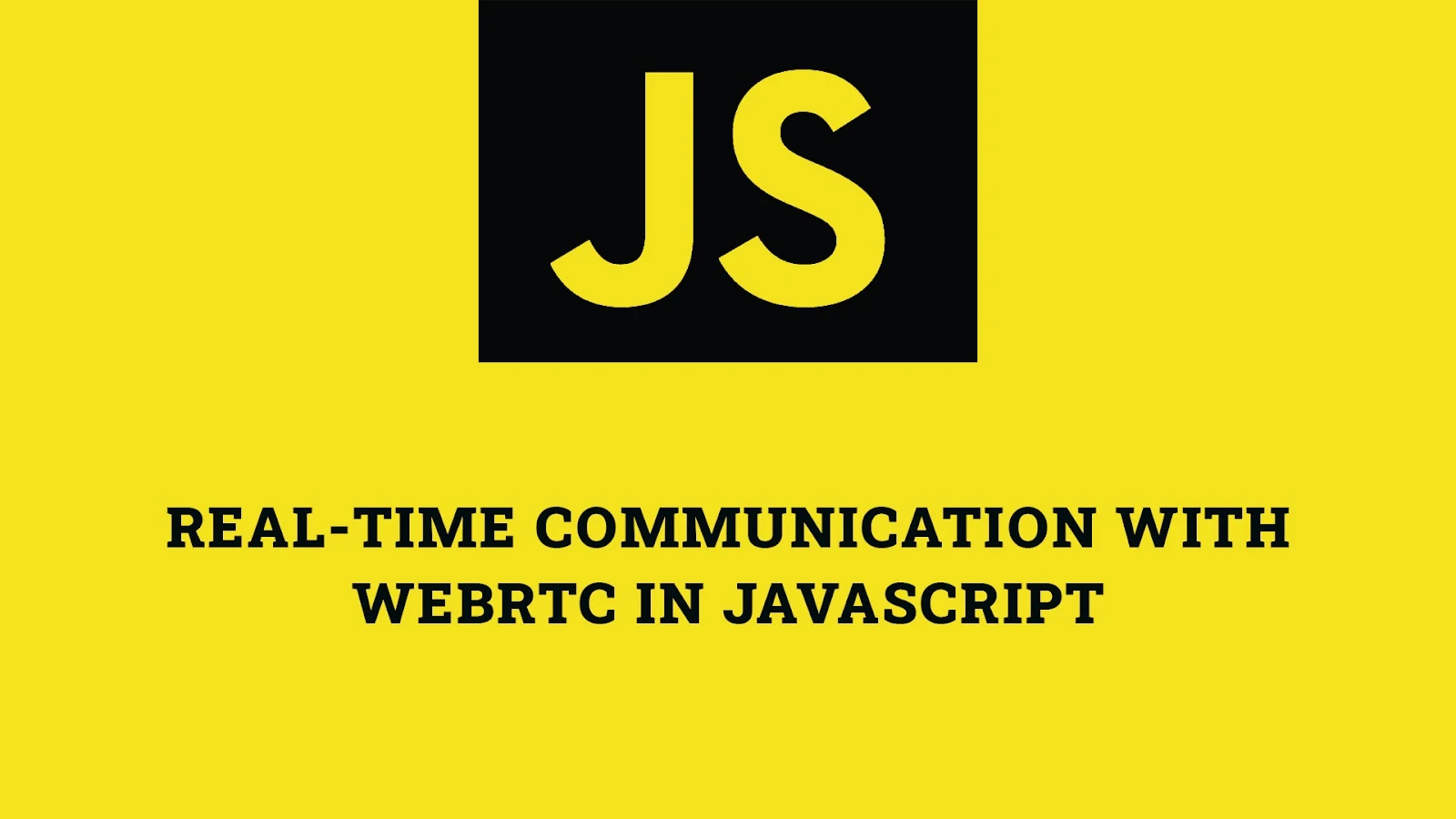Introduction
WebRTC (Web Real-Time Communication) is a powerful technology that enables peer-to-peer audio, video, and data sharing directly between browsers without the need for plugins or external software. This API facilitates the creation of real-time communication applications such as video conferencing, chat applications, and live streaming. This article explores how to use WebRTC with JavaScript, providing detailed explanations and practical examples to help you implement this feature effectively in your web applications.
Understanding WebRTC Architecture
WebRTC relies on several key components to establish real-time communication between peers:
- PeerConnection: Manages the connection between two peers, handling the transmission of audio, video, and data streams.
- MediaStream: Represents media data (audio and video) that can be sent and received through a PeerConnection.
- ICE (Interactive Connectivity Establishment): Handles the process of finding the best path to connect peers, including NAT traversal and firewall bypassing.
- STUN/TURN Servers: Help with network traversal and connection establishment when peers are behind NATs or firewalls.
Setting Up a Basic WebRTC Connection
To establish a WebRTC connection, you need to create RTCPeerConnection objects on both peers and exchange signaling data (SDP offers and answers) to negotiate the connection.
Example: Creating a Basic WebRTC Connection
// Create RTCPeerConnection objects
const peerA = new RTCPeerConnection();
const peerB = new RTCPeerConnection();
// Handle ICE candidates
peerA.onicecandidate = (event) => {
if (event.candidate) {
peerB.addIceCandidate(event.candidate);
}
};
peerB.onicecandidate = (event) => {
if (event.candidate) {
peerA.addIceCandidate(event.candidate);
}
};
// Create offer from peer A and set local description
peerA.createOffer().then(offer => {
peerA.setLocalDescription(offer);
peerB.setRemoteDescription(offer);
// Create answer from peer B and set local description
peerB.createAnswer().then(answer => {
peerB.setLocalDescription(answer);
peerA.setRemoteDescription(answer);
});
});Capturing and Sending Media Streams
To capture and send media streams (audio and video) using WebRTC, you can use the getUserMedia method to access the device's camera and microphone, and then add the media tracks to the RTCPeerConnection.
Example: Capturing and Sending Media Streams
// Get user media (camera and microphone)
navigator.mediaDevices.getUserMedia({ video: true, audio: true }).then(stream => {
// Display local video stream
const localVideo = document.getElementById('localVideo');
localVideo.srcObject = stream;
// Add media tracks to peer connection
stream.getTracks().forEach(track => {
peerA.addTrack(track, stream);
});
}).catch(error => {
console.error(error);
});
// Handle remote media stream
peerA.ontrack = (event) => {
const remoteVideo = document.getElementById('remoteVideo');
remoteVideo.srcObject = event.streams[0];
};Using Data Channels
WebRTC also supports sending arbitrary data between peers using data channels. Data channels can be used for real-time communication, such as chat messages or file transfers.
Example: Creating and Using Data Channels
// Create data channel on peer A
const dataChannel = peerA.createDataChannel('chat');
// Handle data channel events
dataChannel.onopen = () => {
console.log('Data channel opened.');
dataChannel.send('Hello, peer B!');
};
dataChannel.onmessage = (event) => {
console.log('Received message from peer A:', event.data);
};
// Handle data channel on peer B
peerB.ondatachannel = (event) => {
const receiveChannel = event.channel;
receiveChannel.onopen = () => {
console.log('Data channel opened on peer B.');
};
receiveChannel.onmessage = (event) => {
console.log('Received message from peer A:', event.data);
};
};Fun Facts and Little-Known Insights
- Fun Fact: The development of WebRTC was driven by Google in 2011, aiming to provide a standard for real-time communication in browsers without requiring plugins.
- Insight: WebRTC is not only used for video conferencing but also for building decentralized applications, peer-to-peer file sharing, and real-time gaming experiences.
- Secret: Many popular applications, including Google Meet, Discord, and Zoom, leverage WebRTC to enable their real-time communication features.
Conclusion
WebRTC empowers developers to create real-time communication applications directly within the browser, enabling audio, video, and data exchange without the need for external plugins. By understanding the key components of WebRTC, setting up peer connections, capturing and sending media streams, and utilizing data channels, you can build engaging and interactive applications. Whether you're developing a video conferencing tool, a chat application, or a live streaming service, WebRTC provides the flexibility and performance needed to deliver high-quality real-time communication experiences.
 Reviewed by Curious Explorer
on
Saturday, November 30, 2024
Rating:
Reviewed by Curious Explorer
on
Saturday, November 30, 2024
Rating:




No comments: